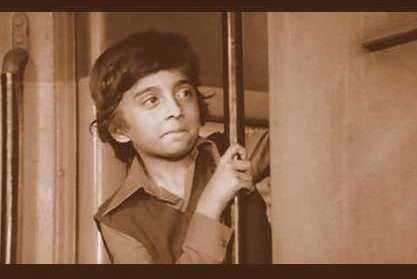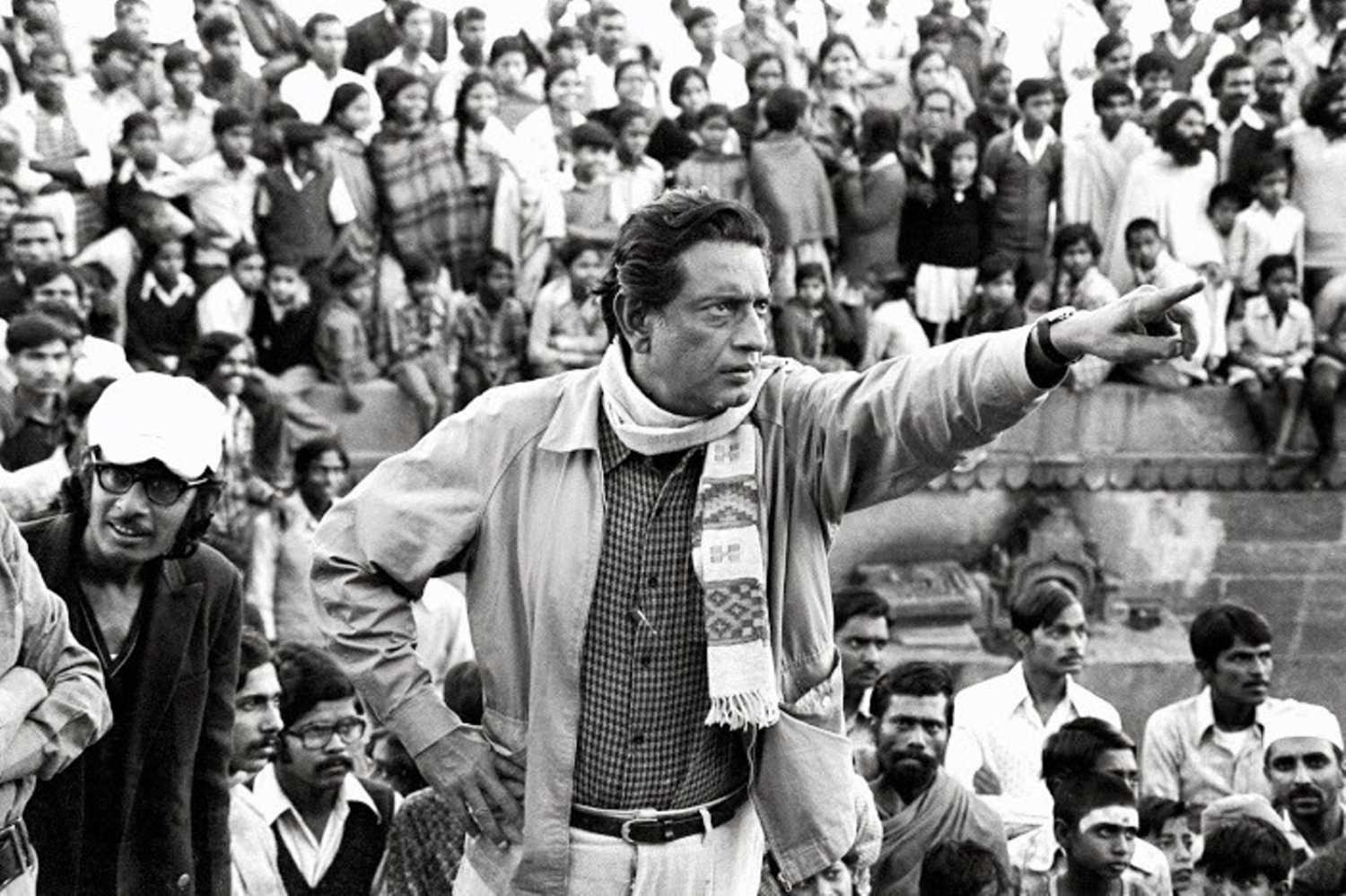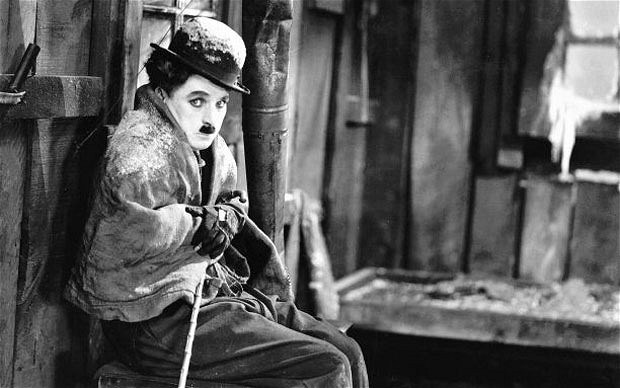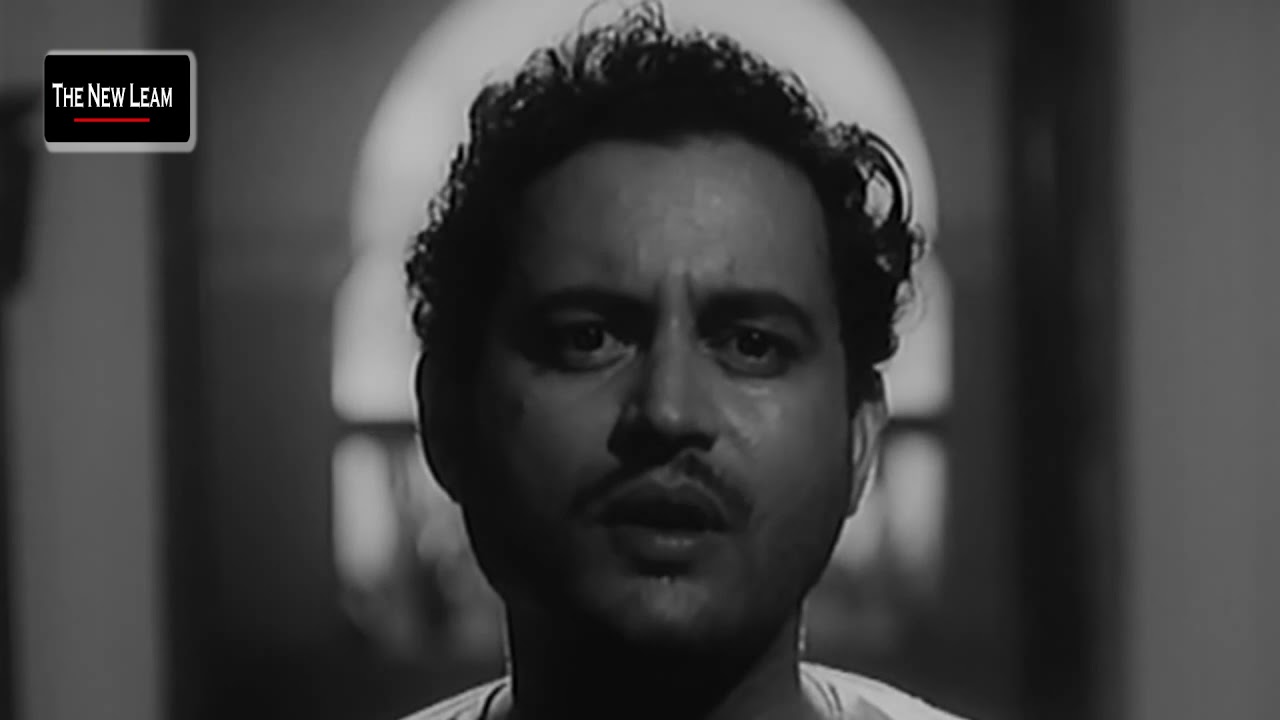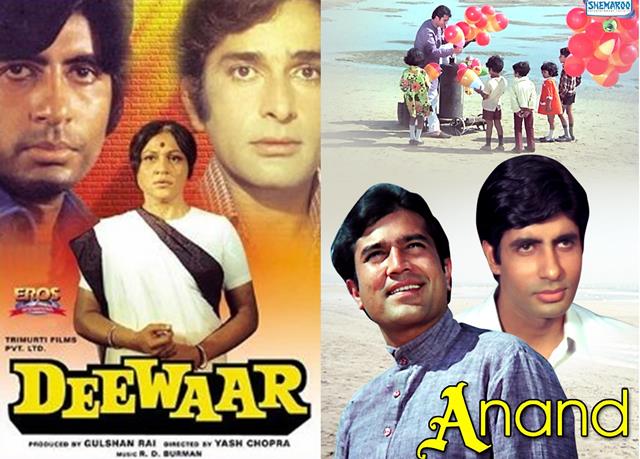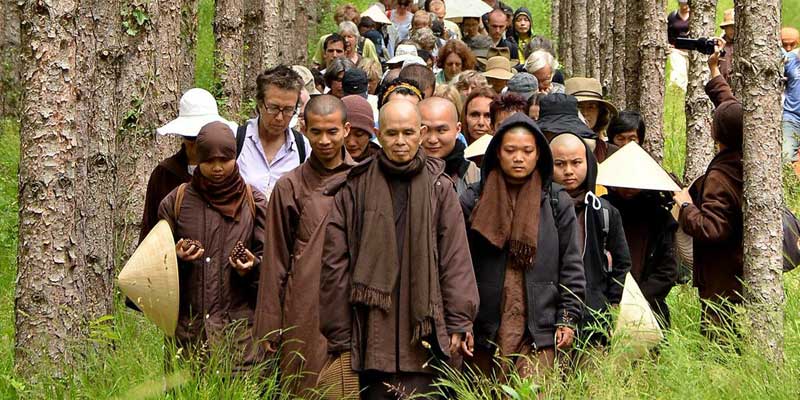Childhood and Cinema
Here is an article that narrates the process of growing up with cinema. With sharp observations, intense memories and longing for meaningful cinema, it throws light on the depiction of the child’s inner world in two Hindi films.
By Vikash Sharma
Cinema being a unique medium of art offers a meaningful reflection of our society. It has great mass appeal and great potential to influence the society. It is an acknowledged fact that cinema has played an important role in Indian society. I would say that it has really reconstructed our modes of living as well as consciousness. Cinema influences and even hypnotizes both children and adults. Children often begin to imitate the leading characters. They indulge in daydreaming and fantasy, and when it exceeds limits, they are unable to accept the hard reality of life and remain caught up in illusions. Generally, social scientists and educationists have shown a lack of interest in cinema as a meaningful medium or as an educational force or even as an agent of social change; they have seen it primarily as a manifestation of power, money, luxury and mass public consumption. Thus cinema is largely understood as something that influences people in a negative way, affects the society as a whole, and glorifies the false pattern of life.
It should no be forgotten that cinema is an art; and I conceptualize art as a kind of meditation. Yes, meditation implies deep silence, and it is in this silence that a mediator is transformed into a saint. However, when meditation is organized at the India Gate, it becomes merely a commodity or a product – it does not remain an inner prayer . A mystic had once said: ‘ A prayer does not need the presence of the masses; it needs only a deep interaction between the soul of the mediators and the eternity.’ Almost a similar thing has happened to cinema today. True, cinema is a medium of positive social change; but over the years the predominance of the market forces has lead to the discarding of its real essence, and has made it into a commercial object. Now, it is a lucrative business for the film makers, and they seem to be only concerned about its gross commercial values . Yet, there is hope because there are many film makers amongst us who believe that cinema is a medium of disseminating social messages and throwing light on the various aspects of the our lives. The great works of the masters ranging from Charlie Chaplin to Akira Kurosaw, from Satyajit Ray to Gopalkrishnana have creatively narrated the social realm and remarkably expressed the truth of contemporary times: from the emergence of capitalist forces in Europe to the neo-liberal times in India.
In fact,cinema has been the most cherished component of our childhood. I remember how we used to romanticize films and adore the visual screen. Most of us from our generation had started our cinematic journey with Doordarshan. At 9pm on every Friday and Sunday a Hindi movie was screened on Doordarshan, and for us, it was no less than a festive occasion. It used to be a day of excitement and joy; and we children would plan not to sleep and watch the movie till 12 am. Our little hands used to rise in prayer to the almighty so that there would be no power cuts. It was on these movie days that we used to be the best behaved children, and did not give our parents any reason to scold us. And finally, after so much preparation the much awaited moment would finally arrive, and the film would start with an announcement : “Lux presents the super hit film Coolie” and Amitabh Bachchan would appear on the screen with all his “angry young man “gestures. For the next few days, a movie hangover would transform us into junior Amitabhs – we would contentiously repeat dialogues and actions of the protagonist.
During this phase—the stage of groing up as adolescents— Doordarshan existed as an important window that introduced us to the world, and we began our life-long affair with cinema, and learned many important lessons which reside in our consciousness even today. In fact, I remember two films— Masoom (1983) and Kitaab (1977) which introduced us to a new social realm showing a child’s struggle with life’s complex circumstances.
Kitaab is a poetic film written and directed by Gulzar; it is based on a Benglai story Pathik. The film exists in the form of a book; its every page (scene) enables us to have a glimpse of childhood and its negotiation with worldly existence.
The film’s lead actor – Babloo (Master Rajoo)— lives with his sister (Vidya Sinha) and her husband (Uttam Kumar) in a city, and is doing his schooling. His friend and classmate is Pappu(Master Tito). They wander around in the streets, bunk school, watch street magic shows, make fun of the teacher, etc. And whenever Babloo is back home, he is scolded by his sister and brother-in-law for his apparent disinterest in studies and the frequent complaints from the school. Babloo realizes that nobody understands him, and if he wants to enjoy his life ,he must ‘grow up’ and become independent. One day, he decides to return to his mother in his native village and lead a good life as he desires. He gets on a train without a ticket. And during his journey he sees the adult world—its diverse colours. This destroys Babloo’s imagination of a spectacular and glorious adulthood. Eventually, he reaches his mother’s place. By this time his sister and brother-in-law too reach there. And now he decides to return back to the city and continue his studies. Kitaab, it would not be wrong to say, was like a breathe of fresh air at the time when the country was experiencing political emergency.
Now I would like to talk about Massom (1983)—a film directed by Shekhar Kapoor. When Indian cinema was becoming increasingly commercialized it emerged as a ray of hope—a representative of parallel cinema. In the film Rahul ( Jugal Hansraj), who is eight years old ,lives in Nainital. He considers himself an orphan – unknown to his father D.K (Nassiruddin Shah). D.K lives in Delhi with his wife Indu (Shabana Azmi) and their two daughters. As the film shows, D.K. happens to go to Nainital to attend a business meeting. And there he meets Bhavna’s (Supriya Pathak’s) distant relatives (D.K and Bhavna were in a relationship, and this lead to the birth of Rahul, their illicit child) and gets to know about Rahul ( He was born after their separation). After much emotional turmoil DK takes Rahul to his home in Delhi where Rahul struggles with the moments of denial and alienation from Indu. After a prolonged process of inner turmoil she accepted Rahul with much love and affection. The film is a brilliant depiction of emotions, struggles and inner world of childhood.
Indian cinema is respected because of the films of this kind, and the works of some of our great luminaries who took up cinema to a great height and threw light on important social issues. Howwever, it is sad that because of the all-pervading presence of consumerism and market culture we are losing our creativity and imagination for meaningful cinema. But we shall not lose hope, and recall the great insights of Faiz: ‘The dawn will rise with all its illuminations and destroys this enormous darkness.’

